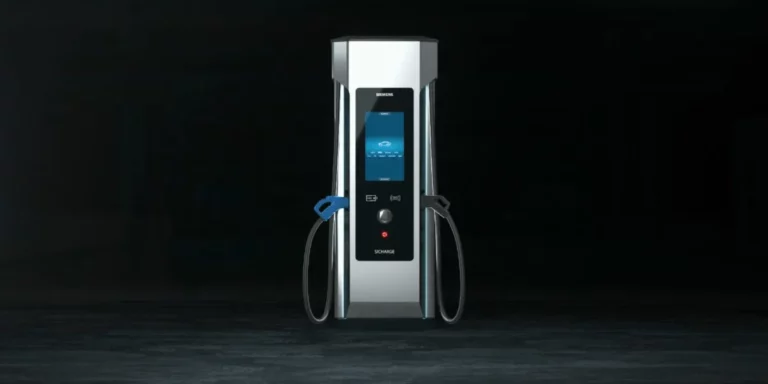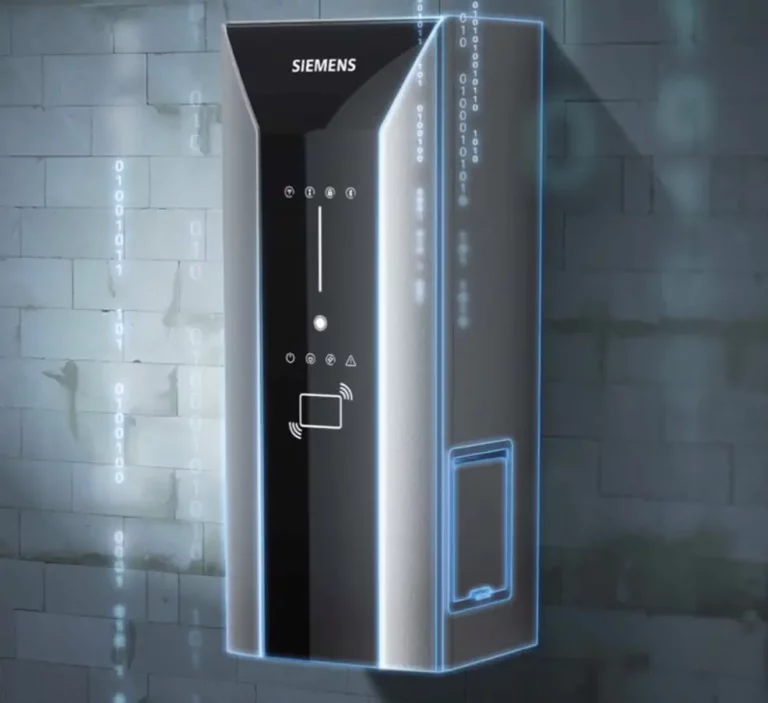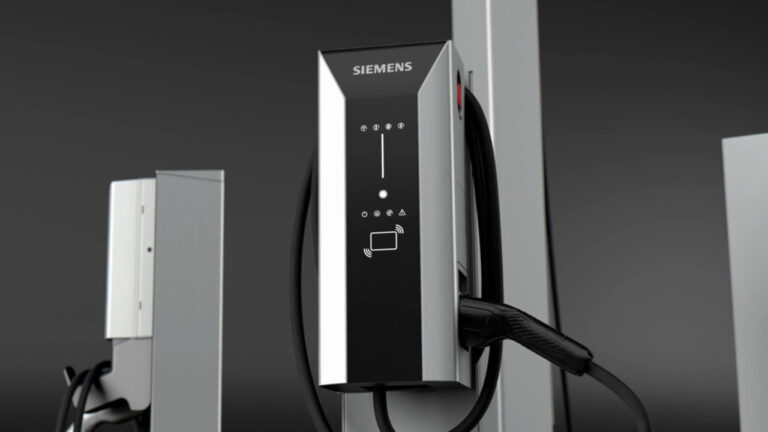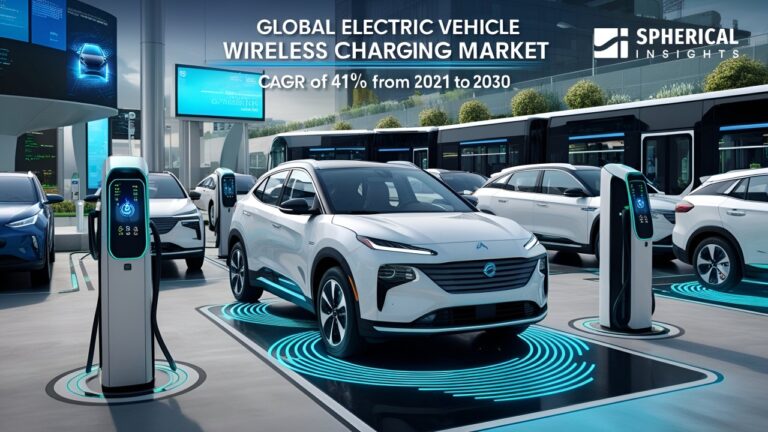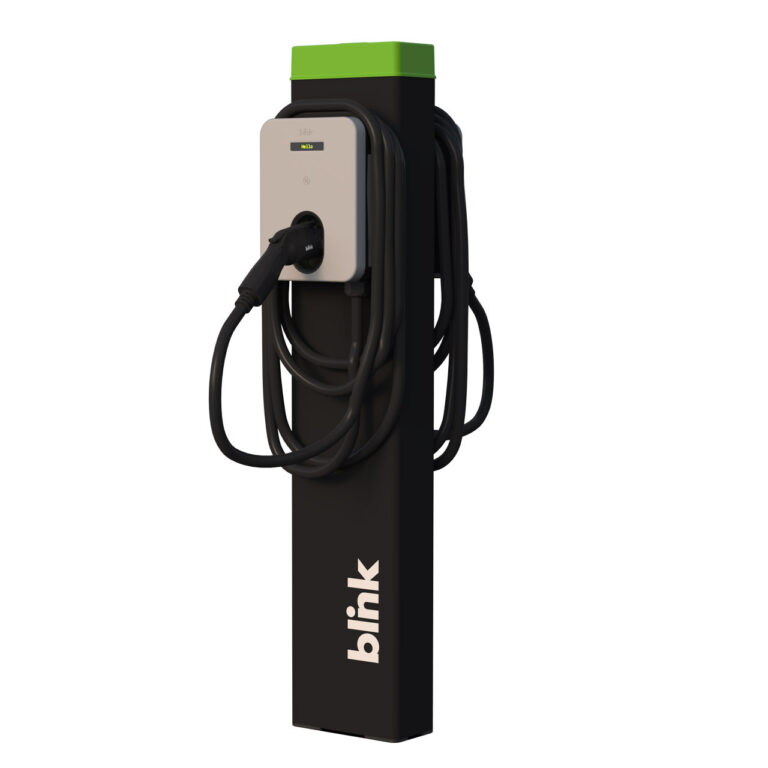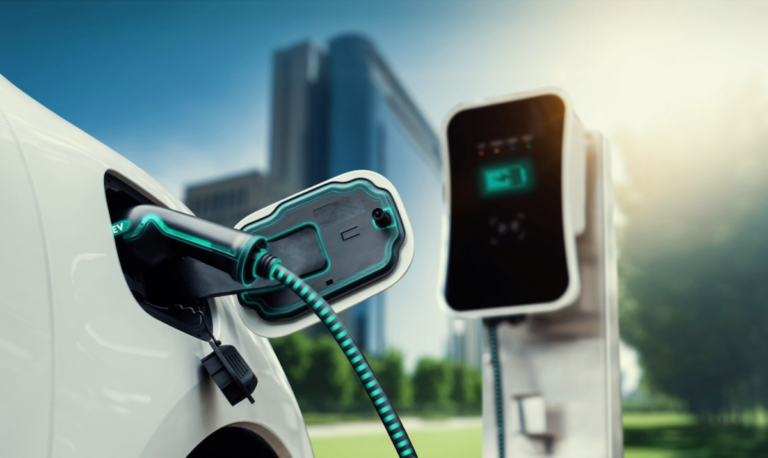Electric Vehicle Fleet Charging Infrastructure Best Products, Benefits & Buying Guide
As more companies transition their fleets to electric vehicles, building a reliable charging infrastructure becomes critical. Fleet operations depend on timely vehicle availability, and EV fleet charging stations ensure seamless operation by minimizing downtime.
Investing in a tailored charging solution improves fleet performance, reduces fuel costs, and contributes to sustainability goals. It also prepares businesses for stricter emissions regulations and aligns with environmental, social, and governance (ESG) standards.
Key Benefits of Installing EV Fleet Charging Infrastructure
One of the biggest benefits of electric vehicle fleet charging infrastructure is operational efficiency. EVs cost less to run and maintain than traditional internal combustion vehicles, and centralized charging makes daily operations easier to manage.
In addition, companies can monitor and manage energy usage, optimize vehicle routing, and take advantage of off-peak energy pricing. These capabilities reduce operating costs and contribute to long-term sustainability planning.
How Smart Charging Technology Enhances Fleet Operations
Advanced charging infrastructure uses smart technology to optimize power distribution across multiple chargers. Features like load balancing, real-time diagnostics, and cloud-based control platforms allow fleet managers to monitor and automate charging schedules.
These systems also help avoid energy spikes that might otherwise trigger higher electricity rates or require expensive infrastructure upgrades. Remote monitoring, software integrations, and API support ensure full visibility and control over every charger and vehicle in the fleet.
ABB Terra 360 Charger
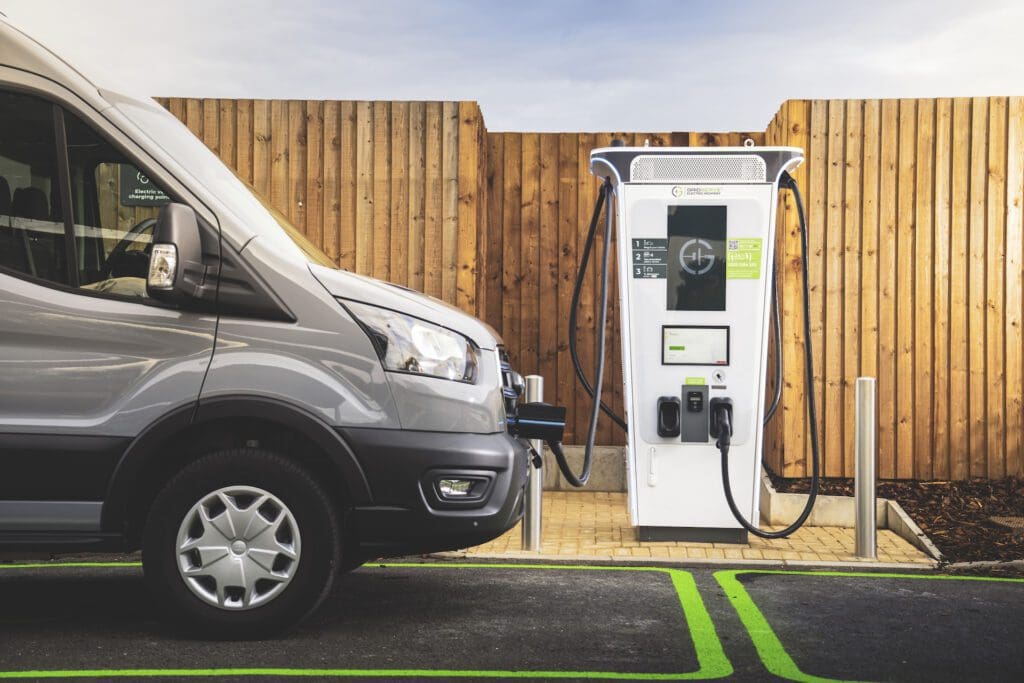
The ABB Terra 360 is one of the fastest all-in-one EV chargers in the world. Designed for fleet and public charging, it can simultaneously charge up to four vehicles with dynamic power distribution.
Buy ABB Terra 360
Use Case: Delivery fleets and transit companies use the ABB Terra 360 to reduce vehicle turnaround times and boost daily mileage capabilities.
Tritium RTM75 Charger
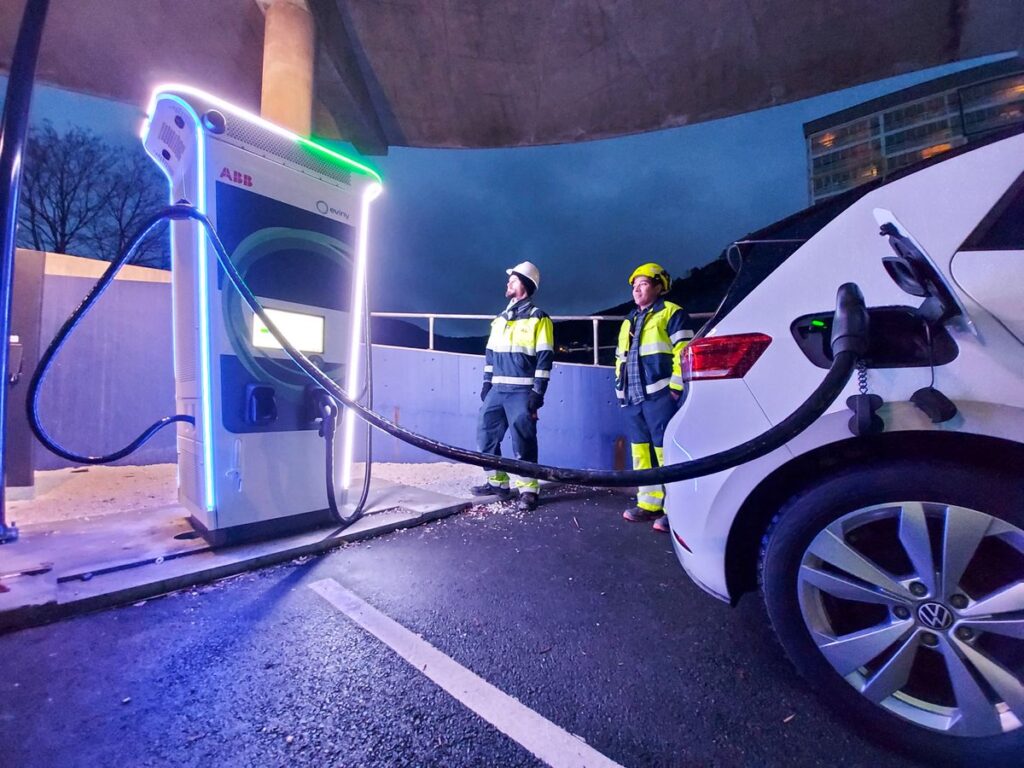
The Tritium RTM75 is a modular, scalable DC fast charger with a compact footprint, making it ideal for fleet depots and commercial parking spaces.
Buy Tritium RTM75
Use Case: Rideshare operators and utility companies install the RTM75 to support mixed-use fleets with varying charging needs.
Heliox Flex 180
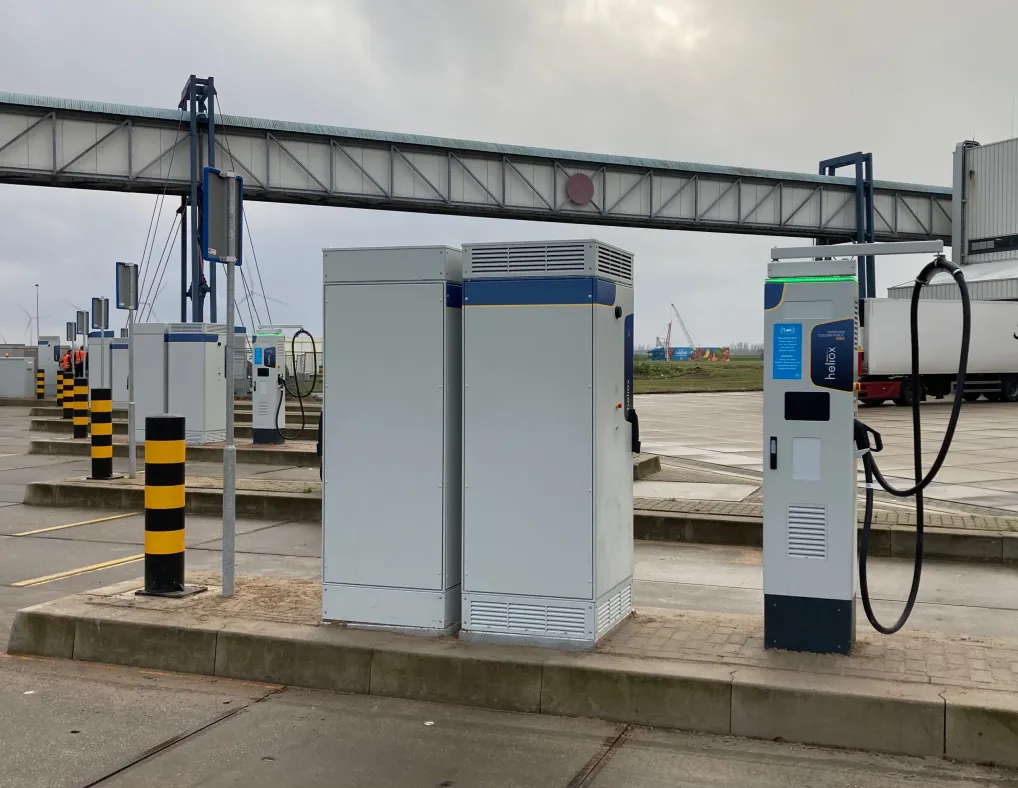
Heliox Flex 180 is a high-powered DC charging solution designed specifically for bus and truck depots. It supports pantograph and plug-in charging options.
Buy Heliox Flex 180
Use Case: Public transportation authorities use Heliox to charge electric buses overnight and during downtime, ensuring full readiness each day.
Siemens Sicharge D
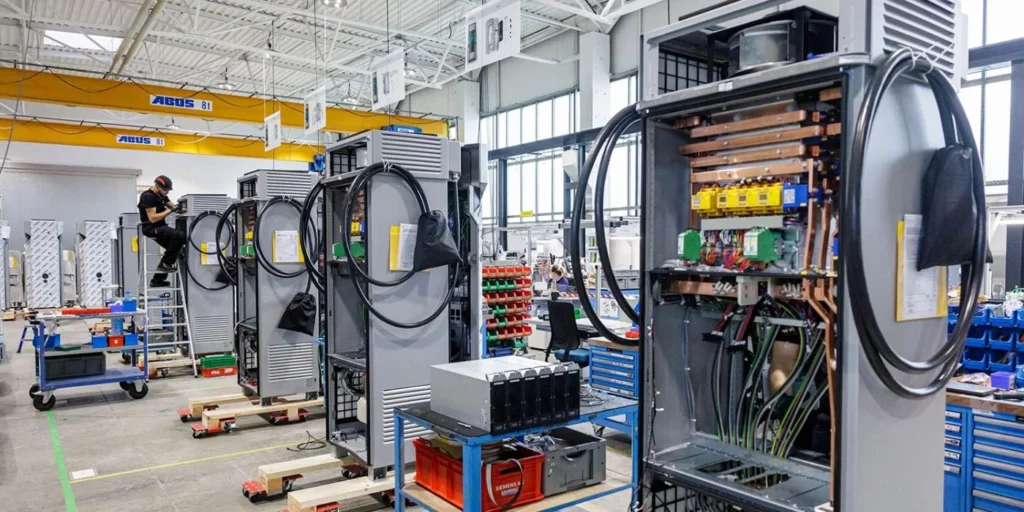
Siemens Sicharge D supports ultra-fast charging with intelligent energy management and multiple output configurations for scalable deployment.
Buy Siemens Sicharge
Use Case: Logistic companies rely on Siemens Sicharge D to maximize operational uptime across delivery routes and warehouse fleets.
ChargePoint Express Plus

ChargePoint Express Plus is a high-capacity charging platform engineered for scalability and seamless software integration. It suits large fleet operations and transit hubs.
Buy ChargePoint Express Plus
Use Case: Airports, ports, and intercity transport services install this system to meet heavy-duty charging demands with networked control.
Challenges Solved by Fleet EV Charging Infrastructure
Fleet managers face unique challenges including limited range, charging logistics, and infrastructure scalability. Fleet EV charging infrastructure addresses these issues by providing centralized control, predictive maintenance alerts, and data analytics.
It also solves the issue of unpredictable downtime due to battery constraints, ensuring vehicles are always charged when needed. With the right setup, companies can plan vehicle usage, monitor battery health, and reduce the environmental impact.
Where to Buy and How to Get Started with Fleet Charging Infrastructure
To get started, consult a certified charging infrastructure provider or partner with OEM vendors offering installation and software services:
- Buy from ABB
- Buy from Tritium
- Buy from Heliox
- Buy from Siemens
- Buy from ChargePoint
These providers typically offer custom site assessments, scalable installation options, and cloud-based fleet charging software for full integration.
FAQs
How many chargers do I need for my electric vehicle fleet? This depends on fleet size, vehicle range, and charging schedules. Most companies install a mix of Level 2 and DC fast chargers to meet varying needs.
What’s the difference between Level 2 and DC fast chargers for fleets? Level 2 chargers are slower but ideal for overnight charging, while DC fast chargers provide rapid charging for quick turnaround times.
Can fleet chargers be monitored remotely? Yes. Most fleet charging systems come with software that allows remote monitoring, diagnostics, scheduling, and energy management.

